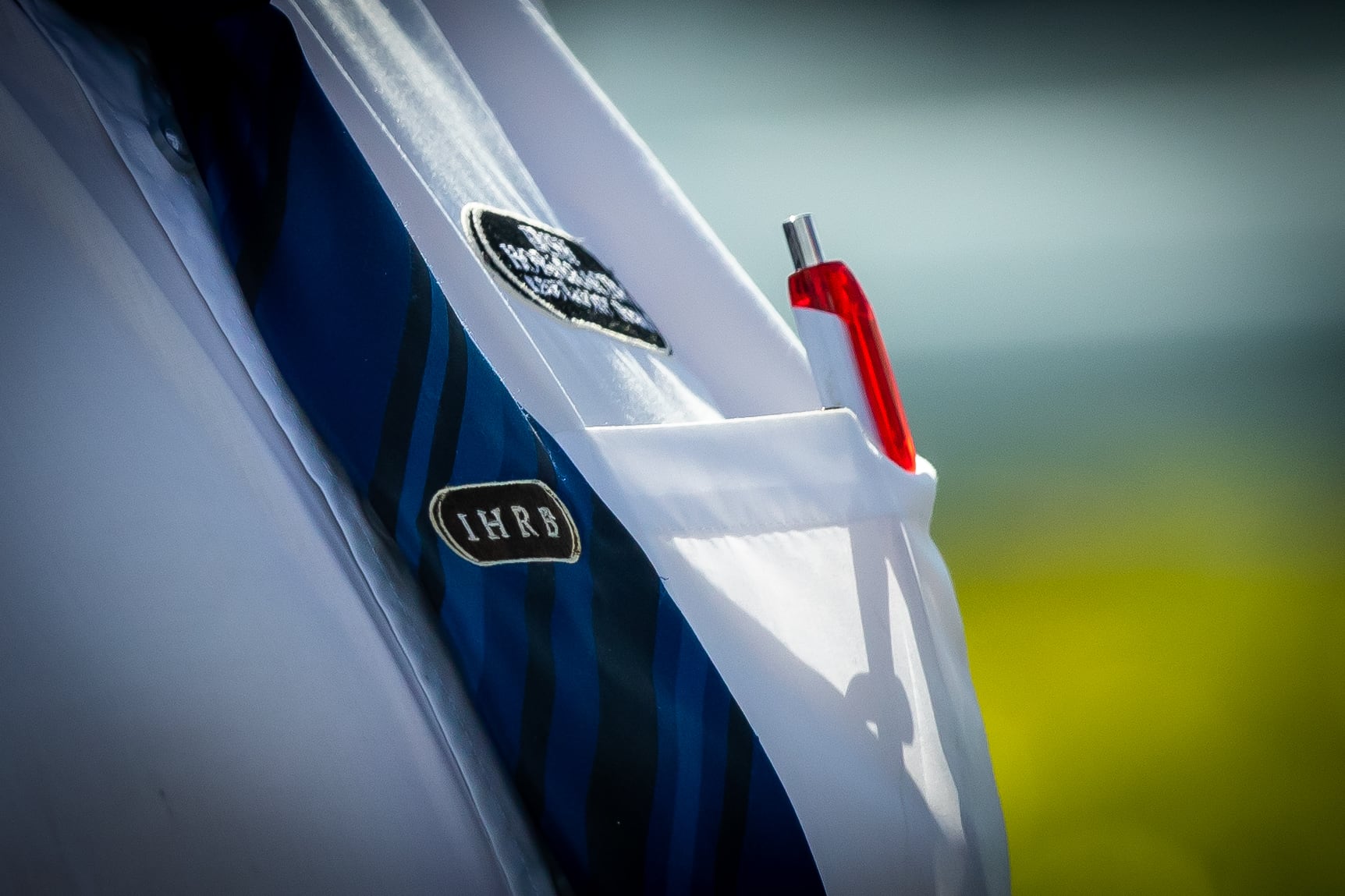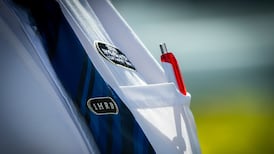When Thomas Darley first saw one of the horses that would change racing completely, he was struck by the animal’s sheer beauty.
Darley first encountered the horse – originally named Ras el Fedowi, or The Headstrong One – in 1704 or so, in Aleppo, Syria, and his writings from the time describe the bay colt as “immediately striking owing to his handsome appearance and exceedingly elegant carriage”.
He bought the horse – or stole it, depending on which version you believe – and brought it back to his home in England, where he immediately set about breeding it with local mares.
It was a time of great change in the horse racing industry. The Darley Arabian, along with at least two other imports, the Byerly Turk and the Godolphin Arabian, introduced traits of speed and endurance into the strains of horses in England and Ireland, changing the breed forever.
READ MORE
In the three centuries since, the breeding industry has kept meticulous and detailed records of every horse born from then in its general studbook, attempting to hone and refine those racing qualities by breeding the stallions with the best racing lineage with the best mares.
For three centuries those bloodlines have been a kind of stamp of quality, a marker of genetic superiority in generation after generation of horse, traceable in those scrupulous records right through to the present day.
So well kept have those records been that it’s possible to say that most of the thoroughbreds alive today descend from an improbably small number of stallions imported to Britain and Ireland in the 18th and 19th centuries.
Thoroughbred horses are what’s known in scientific circles as a closed population: they do not breed in the wild, but have their mating decisions made for them by professional breeders, who present their mares only to the best and fastest stallions.
New research has shown just how narrow that gene pool has become. One study, in fact, showed that the Darley Arabian’s line is by far the most dominant: 95 per cent of horses trace their paternal lineages – the male line – to a horse called Eclipse, its great-great-grandson.
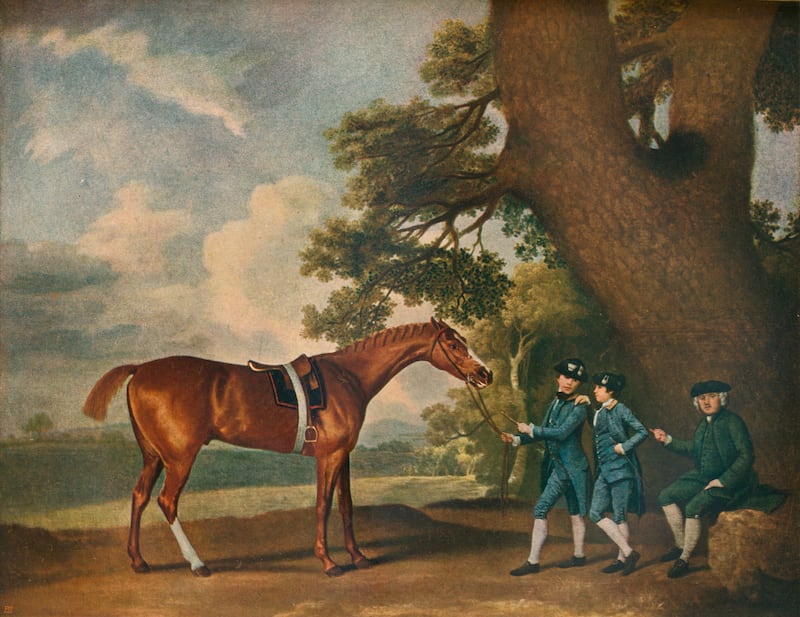
Therein lies the rub, according to Prof Emmeline Hill, who is perhaps the world’s pre-eminent equine geneticist.
As each generation of horses has passed, breeders have focused on an ever-narrower genetic pool, creating what Hill’s company, Equinome, describes as “one of the biggest economic and welfare issues facing thoroughbred breeders”.
Hill knows what she’s talking about. She is a professor of genetics in UCD and founder of Equinome, which is backed by Emmet O’Neill and Denis O’Brien. Her grandmother Charmian Hill was a jockey and the owner of Dawn Run, while her father Jeremy was a pilot and horse breeder. Hill herself had a brief spell in the business, riding out for a summer with trainer John Oxx in the Curragh, while studying science at UCD.
She is the discoverer of the so-called speed gene in horses, the precise genetic marker that identifies which horses will become great sprinters, and for the past few years she and her team have been tracing the logical outworking of that desire to breed the fastest with the fastest, and the growing problem of inbreeding.
[ Irish researchers catch up with the ‘speed gene’ in thoroughbred horsesOpens in new window ]
It is called the “popular sire effect”, Hill told The Irish Times, the outcome of the relentless search to exploit the racing qualities of the fastest horses, meaning that fewer and fewer stallions are being selected to breed, producing an ever greater concentration on a smaller pool of genes.
“Of course people are going to use the most popular sires, because they’re going to pass on the best genes,” Hill said. “You’re trying to concentrate the good genes that are in the population, but in doing so you also risk exposing the harmful genes, and that’s where the problem arises.
“When do you get to the point where that starts to happen, and what are the consequences of that?”
Hill pointed out that “as you increase inbreeding, where you’re trying to double up on the good genes from ancestors, you have the potential to double up on harmful genetic mutations”.
“And when those occur in double copy, if they’re recessive then they can be expressed,” she said.
“The trouble is you’re then constricting to these certain sire lines and that can have these potentially – potentially – negative effects.”
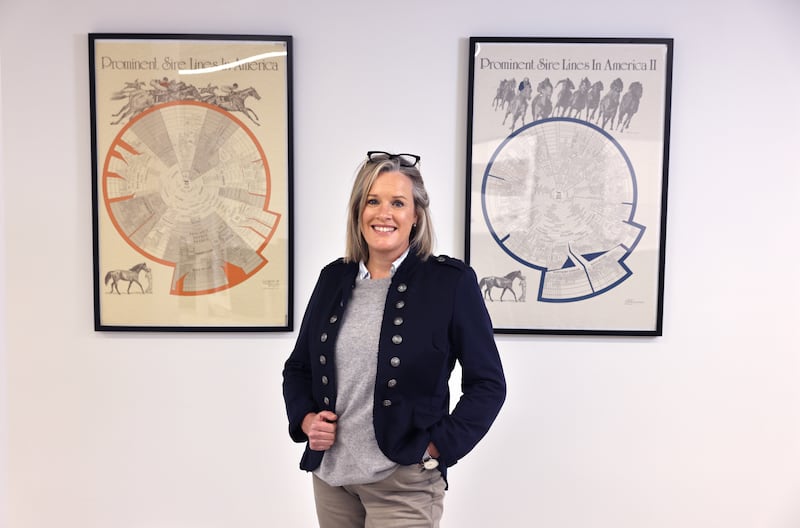
The precise nature of those negative effects still requires further study, though several recent studies, by Hill’s team and by other researchers in the likes of the Royal Veterinary College in London, have shown pretty clear correlations between inbreeding and poor health for horses.
One found that inbreeding was associated with pregnancy loss in mares, with significant levels of inbreeding in foals that didn’t survive, compared to live foals.
Other studies have shown that “horses which had higher inbreeding had a lower chance of ever having a racecourse start and, of those horses that did start a race, they had a lower number of race starts over their career lifetime,” Hill said.
[ Shrugging shoulders at Irish racing’s ‘wastage’ rate won’t cut it anymoreOpens in new window ]
Those are correlations rather than conclusive findings, but some studies have shown that there may be a connection between a particular genetic marker and catastrophic muscular injury, though further research needs to be done to prove that definitively.
But what we do know is that the problem of inbreeding appears to be increasing. According to Hill, the degree of inbreeding has been accelerating in thoroughbred horses over the last 15 to 20 years, potentially increasing the risks for foals born of horses with very close genetic material.
Some of that is evident from a quick perusal of the stud books, which show in stark terms the wasting away of many common sirelines from the past, reducing the diversity in the gene pool.
The stud book is just a record of breeding, however, not an indication of genetic health. “A horse can be more or less inbred than it appears on pedigree,” Hill said, since no simple chart of a family tree can really show how two animals’ genes might interact.
Which is where genetic analysis comes in. Several studies in the past few years – including studies carried out by Hill and her team – have shown just how genetically inbred thoroughbred horses are, which has caused alarm within the industry.
But such genetic studies may also provide the answer, according to Hill, who has developed a new breeding solution based on a database of thoroughbred genetic information that is probably that largest of its kind in the world.
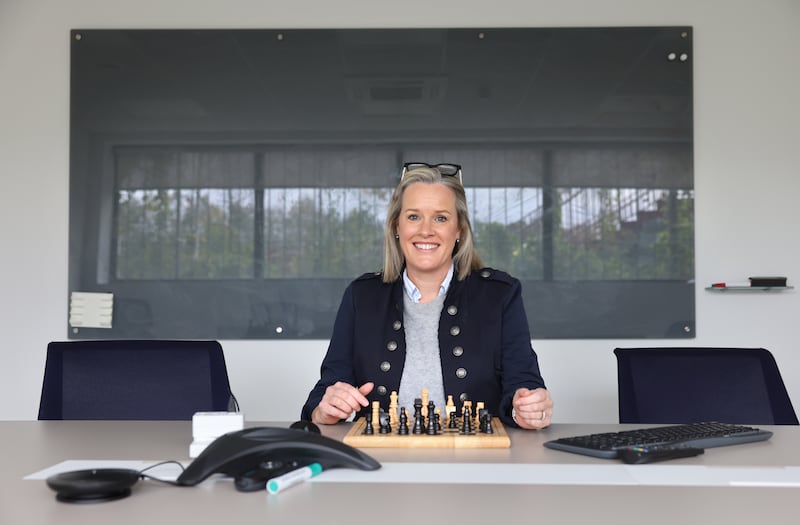
From that database, Hill and her team have been able to create a piece of software called CheckMate, through which breeders can compare the genetics of their mare with the genetic information of a possible stallion and determine whether there is sufficient differentiation between the two.
Where there isn’t sufficient differentiation, and the possibility of a bad genetic match raises the risk of a dangerous level of inbreeding, the programme can flag it up and advise the breeders to make a different decision.
It doesn’t, she is quick to point out, guarantee that the horse will be a good racer, or healthy in other ways: it can only assess the risk of further inbreeding.
Hill’s proposal is not the first to attempt to address the rise of inbreeding in thoroughbred horses. In 2022 the Jockey Club in North America proposed a cap on the number of mares with which a stallion could breed, but it was strongly resisted by several big breeding operations, who claimed in a high-profile lawsuit in the United States that such a hard cap on breeding was a “blatant abuse of power” as well as being an “anticompetitive restraint”.
Eventually the Jockey Club dropped the proposal, but the problem of inbreeding has continued to grow.
“This is a much more nuanced approach – it’s a scalpel rather than a sledgehammer,” said Hill of CheckMate, and it doesn’t prohibit breeders from proceeding with any particular breeding decision.
Even after they’ve run the analysis through her new system, “a breeder may decide to go for the high-risk mating, and take that risk,” she added.
“[But] we would expect that they might avoid these [high-risk matings]. We would hope that breeders would be prudent.”



